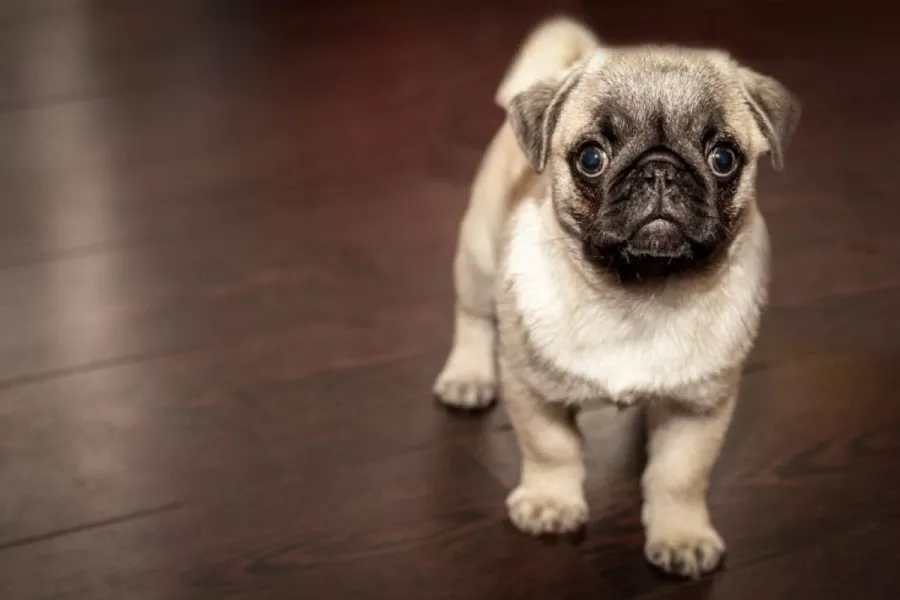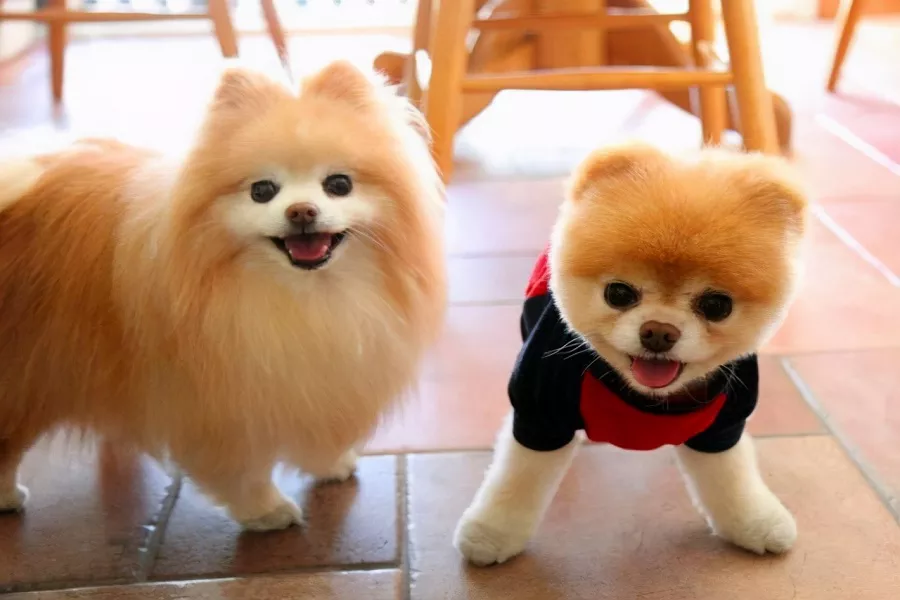How to train pugs The purpose of training pugs is to make them better understand the meaning of parents’ daily life, which can not only enhance mutual feelings, but also improve tacit understanding. The following will give you an analysis of the methods and essentials of training pugs in daily life.
(1) In training, whenever you find that the pug is trying hard to do what you want it to do, it should be praised with kind words and deeds, and sometimes it should be encouraged by feeding some food; while using threatening language or playing pug Dogs can only get the opposite result.
(2) The correct education and training of pugs is an art, and this art can only be learned by those who can really think and deal with them from the perspective of psychology; Pugs who dispose of them casually, or even play with pugs, make fun of them, or use pugs to tease and intimidate others, will not only never train good pugs, but will also cultivate pugs. Become a bad pug.
(3) When training a pug dog, it cannot be required to obey everything, just as such a requirement cannot be made to a child. But in the breeding process, it is necessary to point out the taboos to the Pug. This way, as they age, the pug learns to obey. Pugs are punished if they are caught doing something they are not allowed to do. It should be pointed out that the punishment here is not to hit the pug, but to shake the collar on the pug’s neck, scolding it harshly or giving it a light pat. But punishment can only be imposed if it catches on the spot what it is not allowed to do. The punishment afterwards is wrong, otherwise the pug will understand that everything he does is wrong
(4) During the training of pugs, the owner had better raise and manage pugs in person. When feeding the pug and every time you have contact with the pug, be flexible, speak softly, and behave generously. Coupled with daily grooming and cleaning, and playing with the pug, gradually eliminate the pug’s defensive response and exploration response to himself, and become familiar with the owner’s smell, sound, and behavior characteristics. Pugs can be trained when the pug expresses an affectionate excited response to the owner.
(5) The basis of all kinds of training is the unconditional obedience of pugs, which is what people often say to control and control their pugs. The most obvious manifestation of a pug’s obedience is in practicing the action of “walking in” or “coming.” Pugs must return to their owners immediately when they hear a call or whistle in any situation, including while playing. This requires training when the pug is young. If at the beginning of training, the pug does not come back immediately after hearing the call or whistle, the owner should not punish it, and do not immediately tie it up or stop training immediately, lest the pug may associate the “approaching” action with it unpleasant mood; instead, reward it more when it comes back in time.
Tips: For more knowledge about pet training, dog training, cat training, rabbit training, please pay attention to: mtedr.com, providing you with a wealth of dog breeds, cat breeds, reptile breeds, types of aquarium fish, different types of small pets and other maintenance knowledge.


























